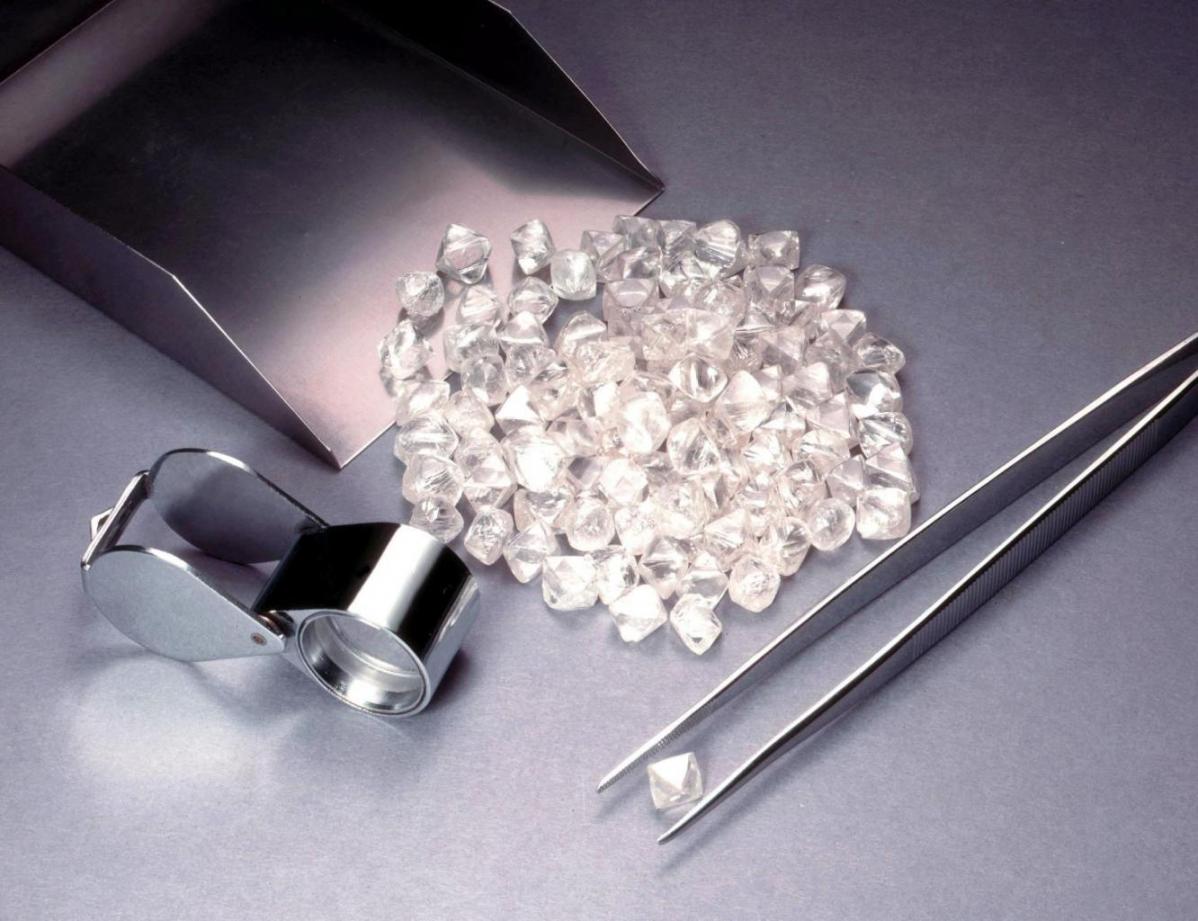A decline in diamond prices because of lower growth in Chinese jewelry demand is dulling the appeal of Canada’s Arctic diamond industry, with the resulting drop in exploration hurting the region’s long-term prospects.
Exploration spending in Canada’s diamond-rich Northwest Territories, the world’s third-biggest producer, is forecast to drop 54% this year, according to a Canadian government estimate earlier this year, CBC reported.
That is bad news for an industry where even profitable deposits can take 10 to 20 years to develop into a mine.
“It’s worrisome,” said Tom Hoefer, executive director of NWT and Nunavut Chamber of Mines, which is based in Yellowknife, the territories’ economic hub and capital. “Exploration is the lifeblood of mining.”
Once the engine for booming diamond demand, the growth in China’s appetite for polished gems has slowed alongside its economy.
Anglo American-owned De Beers, the world’s top producer by value, expects 3 to 5% sales growth in China this year for its polished diamonds. They grew 5% last year, down from 29% in 2011. De Beers forecast flat global diamond jewelry demand in its 2015 annual outlook for the industry.
In an attempt to ease a supply glut, miners have lowered production. Last week, De Beers chopped its global output for the third time this year. Producers have also been cutting prices, and several different benchmark measurements of diamond prices have been dropping in recent months.
In some cases, spending is being cut. De Beers Canada will close its Toronto headquarters and relocate the operations to Calgary, Alberta by the end of next June as part of a restructuring.
Since its first diamond mine opened in 1998, Canadian production by value has boomed, and lags only Botswana and Russia. Most of the industry is based in N.W.T. — which has a land mass bigger than France and Germany combined, but with a population of just 43,600.
Over the past five years, global diamond production grew just 4% to 124.8 million carats, but Canadian output increased nearly 10% to some 12 million carats, according to data from the Kimberley Process, which monitors sales.
As a contributor to 18% of N.W.T.’s gross domestic product and the creator of thousands of jobs, the diamond industry is a “godsend,” said David Ramsay, N.W.T. minister of industry, tourism and investment.
Even as prices slump, De Beers is building N.W.T.’s fourth diamond mine, Gahcho Kue, which is expected to have an 11-year life. On a recent flight over the treeless tundra, the remote site was buzzing with backhoes, trucks and hundreds of workers preparing for production to begin in late 2016.


